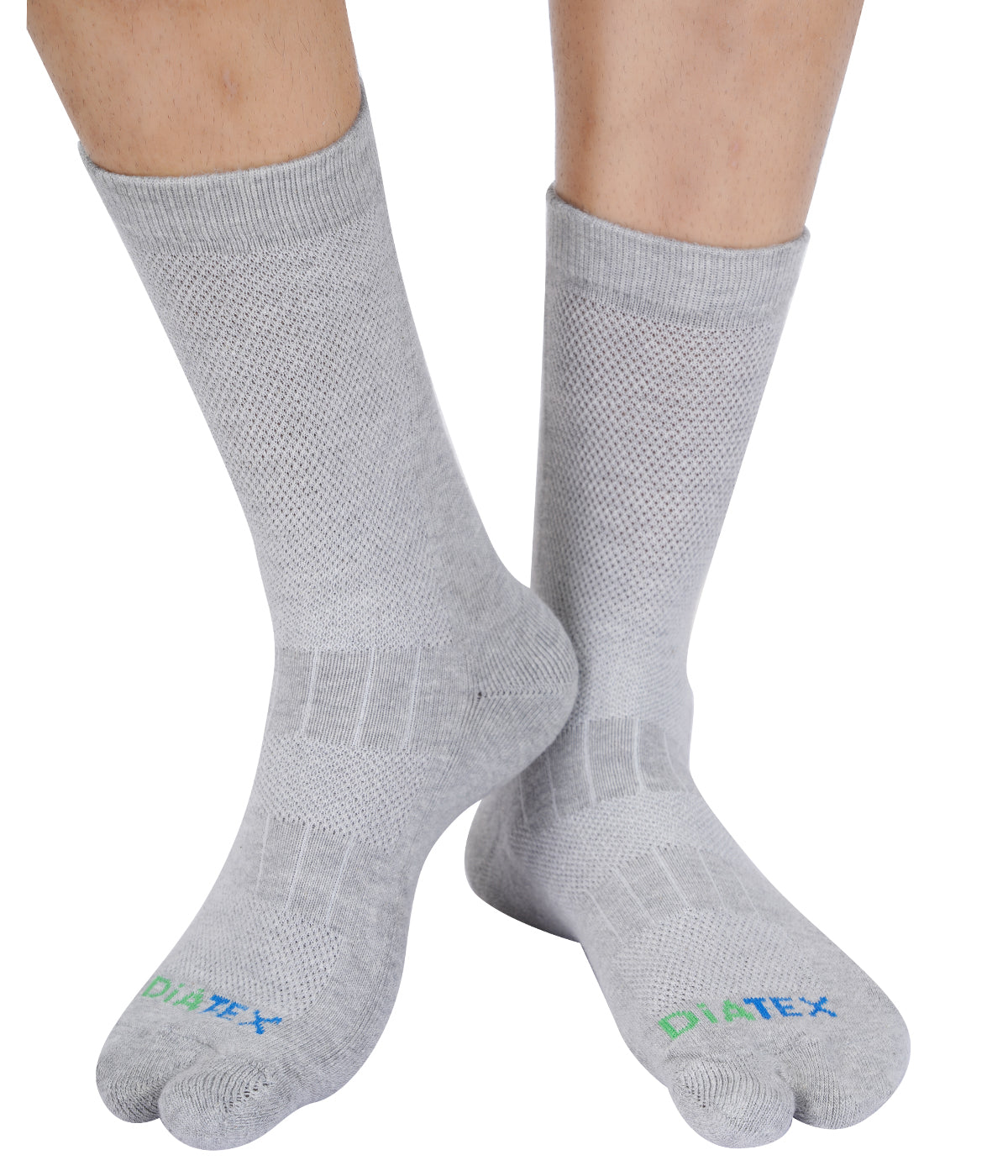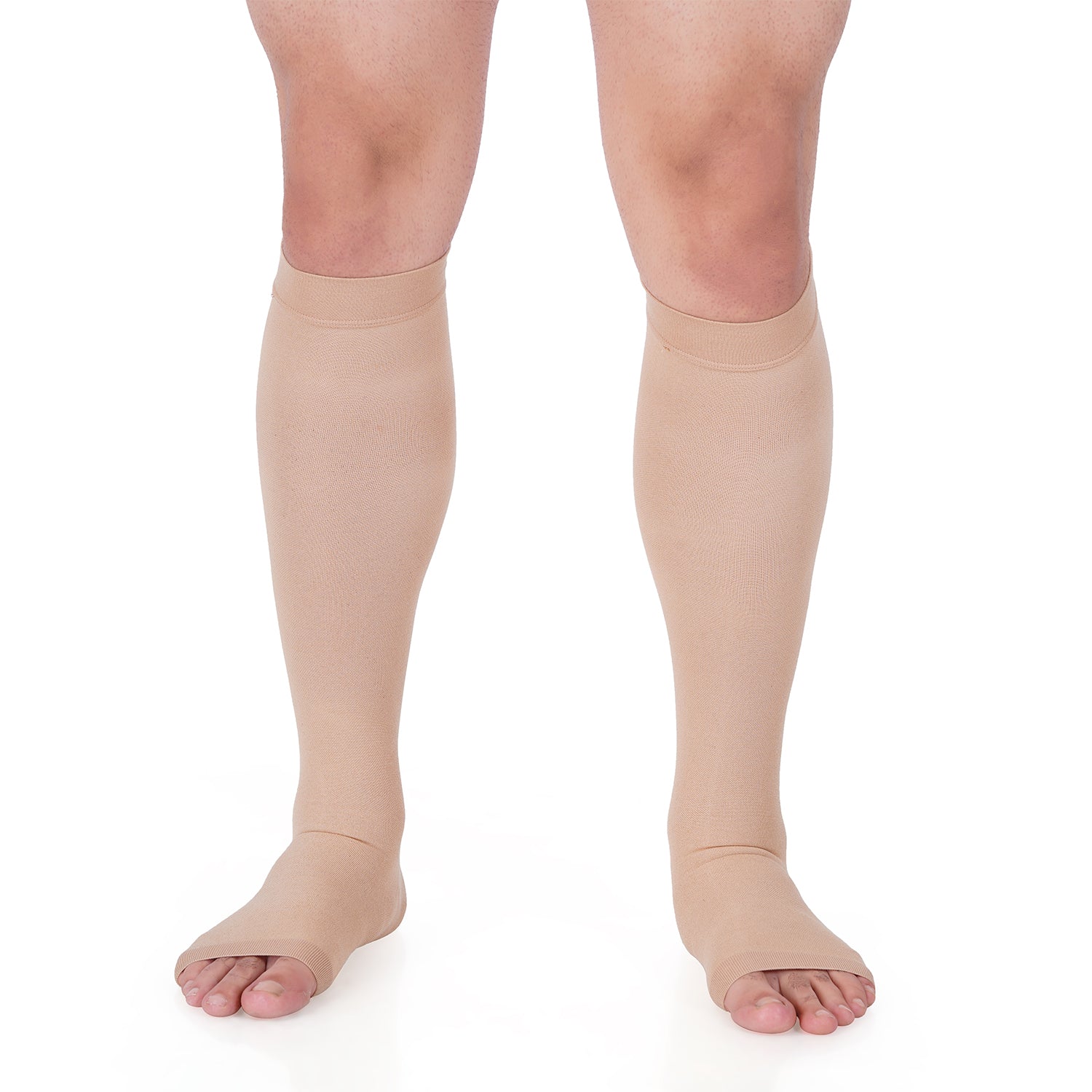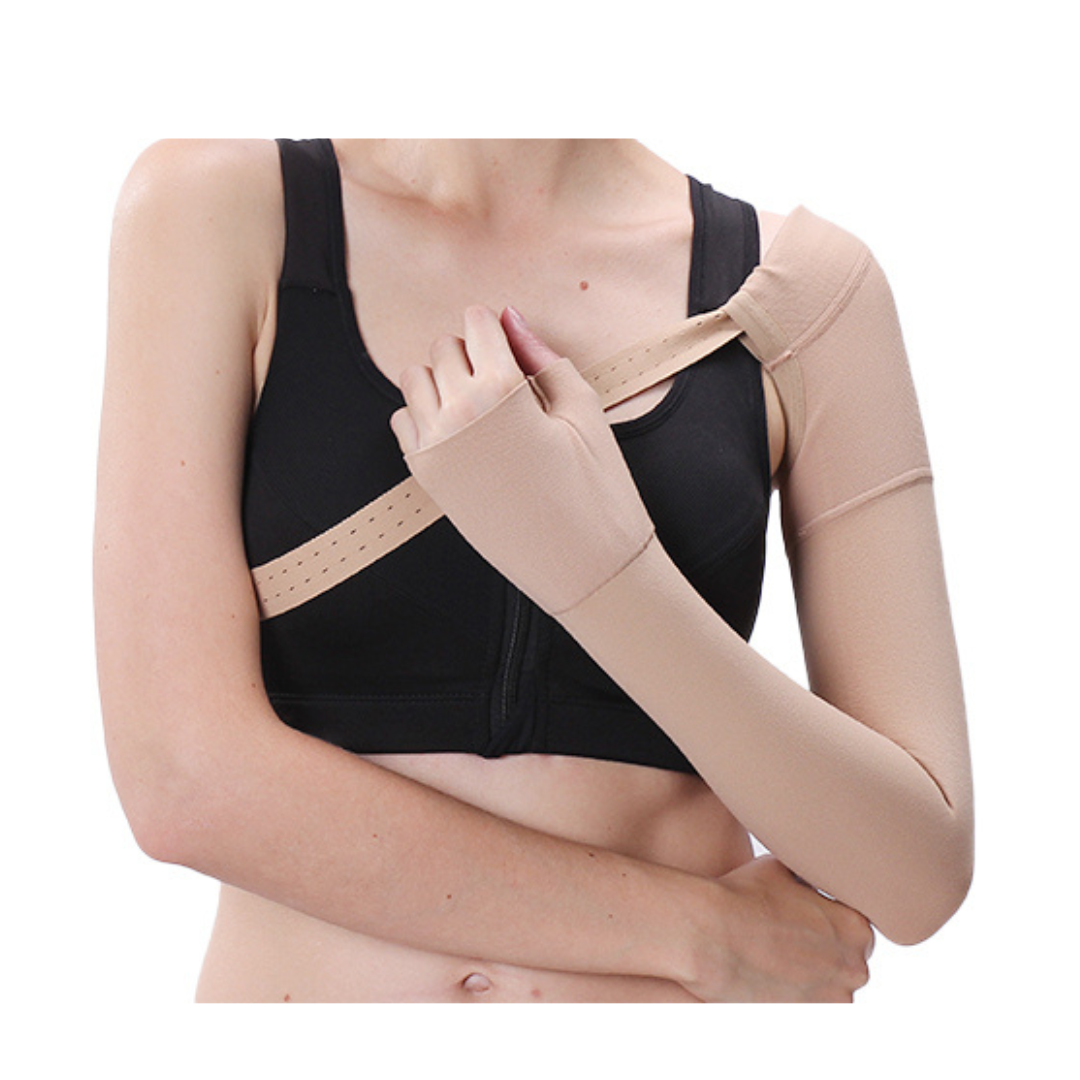Table 1: Outline of the Article
- Introduction
- Understanding the Lymphatic System and Its Role in Leg Health
- Why Lymphatic Drainage is Important for Healthy Legs
- Signs and Symptoms of Poor Lymphatic Drainage in the Legs
- Lifestyle Factors that Affect Lymphatic Drainage
- Exercise and Physical Activity
- Hydration
- Nutrition
- Stress Management
- Techniques for Improving Lymphatic Drainage in the Legs
- Manual Lymphatic Drainage Massage
- Dry Brushing
- Compression Therapy
- Exercise and Movement
- Hot and Cold Therapy
- Self-Care Practices for Healthy Legs
- Elevating Legs
- Wearing Comfortable Clothing and Footwear
- Practicing Good Skin Care
- Avoiding Prolonged Sitting or Standing
- Incorporating Lymphatic Drainage Techniques into Your Daily Routine
- Morning Routine
- Evening Routine
- Seeking Professional Help for Lymphatic Drainage
- Lymphatic Drainage Therapy
- Consultation with a Healthcare Professional
- Frequently Asked Questions (FAQs)
- Conclusion
Table 2: Article
Improve Lymphatic Drainage: Techniques for Healthy Legs | Expert Tips
Have you ever experienced swelling or heaviness in your legs? It could be a sign of poor lymphatic drainage. The lymphatic system plays a vital role in maintaining leg health, and when it's not functioning optimally, it can lead to discomfort and other issues. In this article, we will explore techniques to improve lymphatic drainage in your legs and promote overall leg wellness.
Understanding the Lymphatic System and Its Role in Leg Health
The lymphatic system is a network of vessels and organs that helps remove waste, toxins, and excess fluid from the body. It plays a crucial role in immune function and maintaining fluid balance. In the legs, the lymphatic system is responsible for draining excess fluid and waste products, preventing swelling and promoting healthy circulation.
Why Lymphatic Drainage is Important for Healthy Legs
Proper lymphatic drainage is essential for healthy legs. When the lymphatic system is functioning efficiently, it helps reduce swelling, removes toxins, supports immune function, and promotes optimal circulation. On the other hand, poor lymphatic drainage can lead to fluid retention, inflammation, and a range of leg-related issues.
Signs and Symptoms of Poor Lymphatic Drainage in the Legs
It's important to recognize the signs and symptoms of poor lymphatic drainage in the legs. These may include persistent swelling, a heavy or achy sensation, tightness in the legs, and decreased flexibility. Skin changes, such as dryness or discoloration, and frequent infections in the legs can also indicate compromised lymphatic function.
Lifestyle Factors that Affect Lymphatic Drainage
Several lifestyle factors can impact lymphatic drainage in the legs. By paying attention to these aspects, you can support the health of your lymphatic system and improve leg wellness.
Exercise and Physical Activity
Regular exercise and physical activity are crucial for promoting lymphatic drainage. Activities like walking, swimming, cycling, and yoga help stimulate lymphatic flow and circulation in the legs. Incorporate at least 30 minutes of exercise into your daily routine to keep your lymphatic system active.
Hydration
Proper hydration is essential for optimal lymphatic function. Drinking an adequate amount of water helps flush out toxins and supports the movement of lymphatic fluid. Aim to drink at least 8 glasses of water per day, or more if you are physically active or in hot weather.
Nutrition
A healthy diet plays a significant role in lymphatic health. Include foods that are rich in antioxidants, such as fruits, vegetables, whole grains, and legumes. These foods support overall circulation and help maintain the health of lymphatic vessels.
Stress Management
Chronic stress can negatively impact the lymphatic system. Find effective stress management techniques that work for you, such as meditation, deep breathing exercises, or engaging in hobbies. Reducing stress levels can promote better lymphatic drainage in the legs.
Techniques for Improving Lymphatic Drainage in the Legs
There are several techniques you can incorporate into your routine to improve lymphatic drainage in your legs. These techniques stimulate lymphatic flow, reduce swelling, and promote overall leg health.
Manual Lymphatic Drainage Massage
Manual lymphatic drainage massage is a specialized technique that involves gentle, rhythmic movements to stimulate lymphatic flow. It can be performed by a trained therapist or learned for self-massage at home. The massage helps move lymphatic fluid and reduces swelling in the legs.
Dry Brushing
Dry brushing involves using a soft-bristled brush to brush the skin in a specific pattern. This technique helps stimulate lymphatic circulation, exfoliates the skin, and promotes detoxification. Start from the feet and brush towards the heart in long, sweeping motions.
Compression Therapy
Compression therapy involves wearing compression garments, such as compression stockings or sleeves, that apply gentle pressure to the legs. The compression helps improve circulation, reduce swelling, and support lymphatic drainage. Consult a healthcare professional to determine the appropriate level of compression and duration of use.
Exercise and Movement
Regular exercise and movement play a significant role in lymphatic drainage. Engage in activities that involve leg movement, such as walking, jogging, cycling, or dancing. Additionally, performing exercises that target the leg muscles, such as squats and calf raises, can help stimulate lymphatic flow.
Hot and Cold Therapy
Alternating hot and cold water therapy can help improve lymphatic drainage. Use a hot compress or take a warm bath to dilate blood vessels and stimulate circulation. Follow it with a cold compress or a cool shower to constrict blood vessels and promote lymphatic flow.
Self-Care Practices for Healthy Legs
In addition to specific lymphatic drainage techniques, there are several self-care practices you can incorporate into your daily routine to maintain healthy legs.
Elevating Legs
Elevating your legs above heart level for 15-20 minutes a day can help reduce swelling and promote lymphatic drainage. Use a pillow or cushions to elevate your legs while resting or lying down.
Wearing Comfortable Clothing and Footwear
Avoid tight clothing, especially around the waist, thighs, and calves, as it can impede lymphatic flow. Opt for loose-fitting, breathable clothing and comfortable footwear to promote healthy circulation.
Practicing Good Skin Care
Taking care of your skin is essential for leg health. Keep your skin moisturized to prevent dryness and cracking. Avoid prolonged exposure to extreme temperatures, as it can affect skin health and lymphatic function.
Avoiding Prolonged Sitting or Standing
Prolonged sitting or standing in one position can hinder lymphatic drainage. Take regular breaks to stretch, walk around, or perform simple leg exercises to keep the lymphatic fluid moving.
Incorporating Lymphatic Drainage Techniques into Your Daily Routine
To reap the benefits of improved lymphatic drainage, it's important to incorporate these techniques into your daily routine.
Morning Routine
Start your day by performing gentle stretching exercises to awaken your lymphatic system. Practice dry brushing before showering to stimulate circulation. If time allows, perform a manual lymphatic drainage massage or wear compression stockings for added lymphatic support.
Evening Routine
Incorporate a relaxing massage using a lymphatic-friendly oil or lotion into your evening routine. Elevate your legs for a few minutes before bedtime to reduce any swelling accumulated throughout the day. Focus on relaxation techniques to reduce stress and promote optimal lymphatic function during sleep.
Seeking Professional Help for Lymphatic Drainage
If you experience persistent leg swelling, discomfort, or suspect a more severe lymphatic issue, it's essential to consult a healthcare professional. They can evaluate your condition and recommend appropriate treatment options, such as lymphatic drainage therapy or other interventions.
Frequently Asked Questions (FAQs)
1. Can poor lymphatic drainage only affect the legs?
No, poor lymphatic drainage can affect various parts of the body, but it commonly manifests in the legs due to gravity's effects and the distance lymphatic fluid needs to travel.
2. Can diet and exercise help improve lymphatic drainage?
Yes, maintaining a healthy diet and engaging in regular exercise can support lymphatic function and improve drainage in the legs.
3. How long does it take to see improvements in lymphatic drainage using these techniques?
The timeline for seeing improvements may vary depending on individual factors and the severity of the lymphatic issues. Consistency is key, and you may start noticing positive changes within a few weeks of regular practice.
4. Can I perform manual lymphatic drainage on myself?
Yes, with proper guidance and techniques, you can learn to perform self-massage for lymphatic drainage. However, it's recommended to consult a professional therapist for initial training and guidance.
5. Are there any contraindications for lymphatic drainage techniques?
Some medical conditions, such as congestive heart failure, deep vein thrombosis, or active infections, may require caution or avoid certain lymphatic drainage techniques. Consult a healthcare professional if you have any underlying health concerns.
Conclusion
Improving lymphatic drainage is essential for maintaining healthy legs. By incorporating techniques such as manual lymphatic drainage massage, dry brushing, compression therapy, and self-care practices into your routine, you can support optimal lymphatic function and promote overall leg wellness. Remember to consult a healthcare professional if you have any persistent leg issues or concerns. Take charge of your leg health and enjoy the benefits of improved lymphatic drainage.












